
For Pakistan’s leading footwear exporter, every hour counts
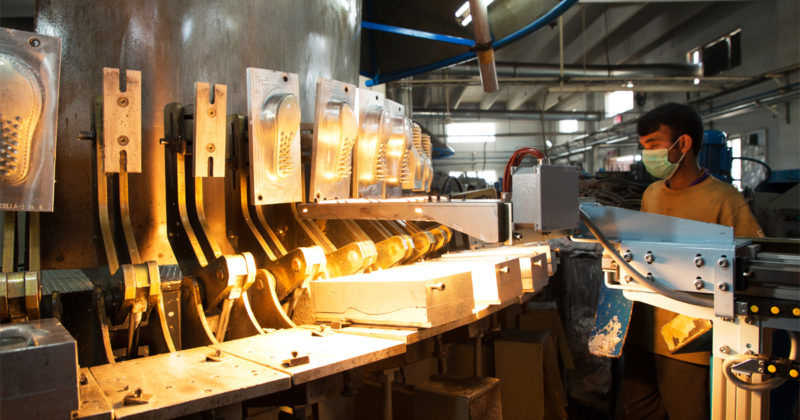
The clock is ticking.
Within hours of an email, a shoe sample is promptly picked up from an office in Denmark and delivered overnight to Lahore, Pakistan.
The recipient? Service Industries, the largest manufacturer and leading footwear exporter in Pakistan today, with a dominant 60 percent market share.
For a brand that produces close to 15,000 pairs of footwear a day, or 600 pairs an hour, constantly working under tight deadlines like this is par for the course.
The 4,000-strong manufacturing team at Service Industries is accustomed to the pressing demands involved in the production of footwear for key international markets.
Founded in 1941 by three college friends, the company’s manufacturing business now spans across other products including tires and tubes for two-wheelers.
Running multiple production facilities in Gujrat and Muridke in Pakistan, and Colombo, Sri Lanka, Service has emerged as the manufacturer of choice for the world’s leading footwear brands today.
But how has the brand managed to stay ahead of its competition in a country known for its centuries-old craftsmanship in shoe making?
A step ahead
Trusted for the reliability and workmanship of its products, Service’s footwear is primarily exported to top markets in Europe such as Germany and Italy.
As the uptick in demand continues, Service relishes the challenge of living up to the expectations of its customers worldwide.
“The greatest challenge for manufacturers like us is the shortening lead time required by retailers. We used to have up to 120 days from order to delivery, but retailers are now requesting shipment within 75 days,” said Hassan Ehsan, Senior Vice President and Business Unit Head of Service Industries. “This requires the whole value chain to evolve with the demands of the customer.”
To do so, every element of the manufacturing process has to be taken into consideration.
The shoe manufacturing process is generally divided into three main parts: cutting, stitching and lasting, which is the final stage of the production. “In our factory, one lasting line is capable of making 800 pairs a day. We have 18 lasting lines in our factory,” said Hassan.
Prior to commencing each stage, the necessary materials have to be ready for input. This is where Service holds a competitive advantage which helps it circumvent unnecessary delays from external suppliers — the company is one of the only few vertically integrated footwear factories in the world that manufactures its own soles and heels in-house.
Despite numerous players vying for a share of the booming industry that contributes a significant output to the national economy, Service still manages to stand out from the crowd with this unique supply chain capability.
To scale its production capacity without compromising on quality, the market leader has also embraced automated processes in its operations. “We have invested heavily in the latest machinery for the technical aspects of production such as toe-shaping, adhesive application & hammering,” said Hassan.
“Not having uniformity can lead to serious quality issues which brands cannot accept,” Hassan explained.
Quality service
For a seasonal business driven by the latest trends, the fast-evolving fashion industry is time-starved and needs to respond swiftly to market needs.
But it is easier said than done, as Service would attest. Every single day counts because the race against time begins even before manufacturing starts.
“We can only proceed with material ordering once a customer has approved the sample,” shared Hassan. “Even if we make the new samples quickly, we need it to be delivered as soon as possible so that we can get confirmation from the buyer and order material for production.”
Once, a renowned Danish company was exploring a relocation of its manufacturing facilities to Pakistan and requested for Service to replicate their samples to demonstrate their quality workmanship.
Four weeks were given to make the samples, during which three weeks were already needed to source for the leather, Hassan added.
Within hours of receiving the order, Service enlisted DHL Express to pick up the samples from Denmark to have them shipped overnight, more than 3,000 miles away to its main office in Lahore, Pakistan so that work could begin on the samples.
Having a reliable logistics provider allows Service to focus on building their supply chain capabilities without the worry of external disruptions such as delayed shipment clearance at customs which, according to Hassan, nearly cost them a lucrative deal with Australia’s largest footwear brand.
With so much at stake, the importance of these samples cannot be understated. The completion of the company’s approved production orders largely depends on the timely delivery of Service’s samples from Pakistan — usually within 36 to 48 hours to Europe, or 48 to 72 hours to China.
Shared Fawad Ali, Senior Director Commercial, DHL Express Pakistan: “We are proud to have been supporting Service’s growth in the international market since 2003. As a leading logistics company, we always strive to go the extra mile and deliver quality solutions for our valued customers.”
As it looks toward its next phase of growth, Service has to put its best foot forward to keep up with the blistering pace of the global footwear industry.
MORE FROM THIS COLLECTION


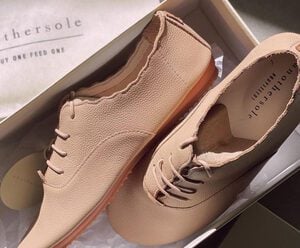




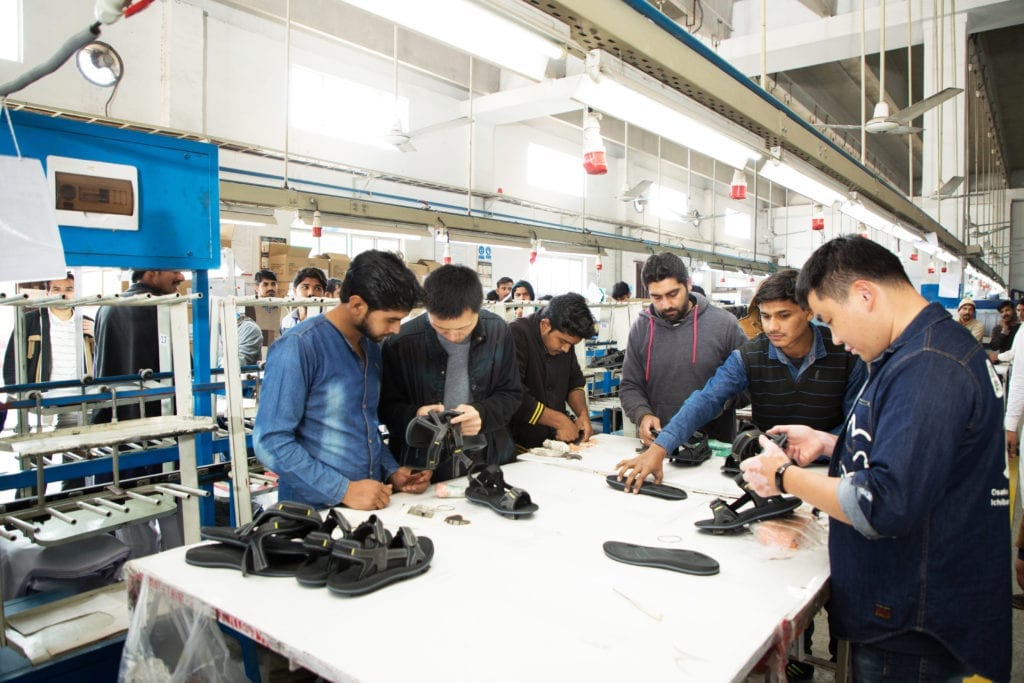
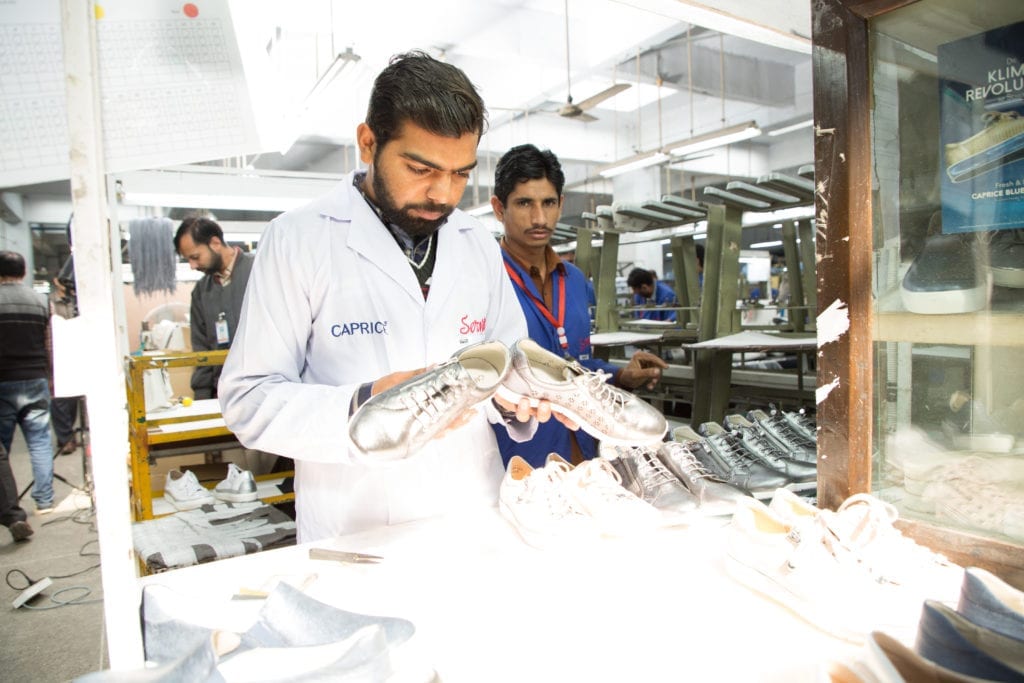
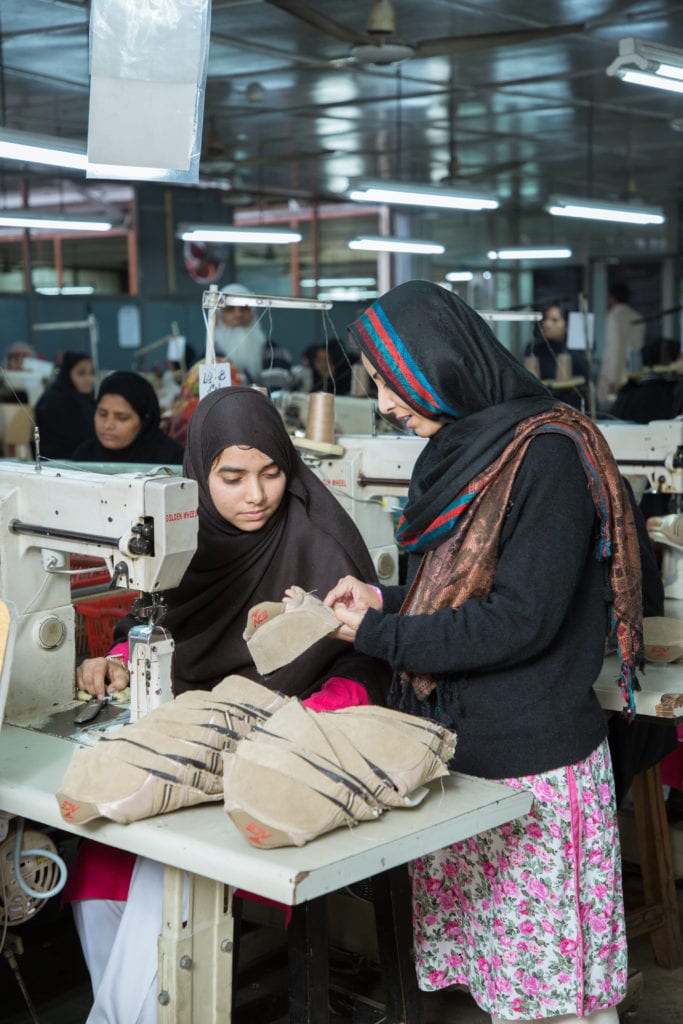





 English
English